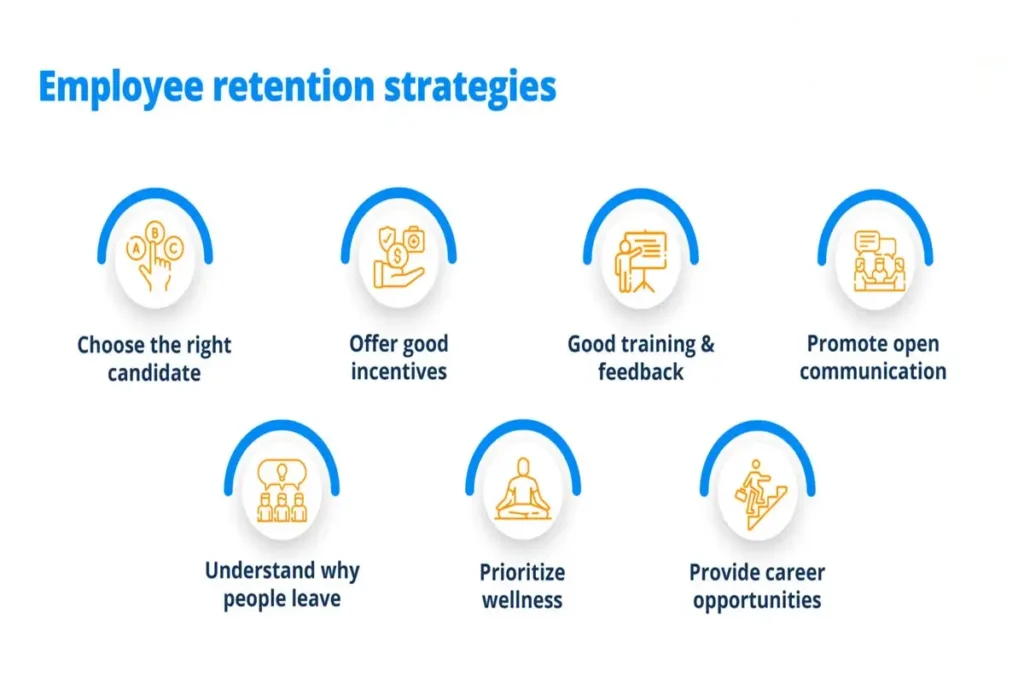Introduction
In today’s rapidly evolving business and technological landscape, onboarding (ONB meaning) has emerged as a crucial element in ensuring smooth transitions for new employees or customers. The ONB meaning, which stands for onboarding, refers to the process of integrating new hires into an organization or guiding new customers through a product or service. This process is critical for enhancing employee productivity, improving customer satisfaction, and ultimately driving the success of a business.
In this comprehensive article, we will explore the role of ONB in modern organizations, delve into the strategies that make onboarding effective, and examine its impact on business success. We’ll also discuss the challenges organizations face with ONB, solutions to overcome these hurdles, and the future trends shaping onboarding in the years to come.
Who/What is ONB?
Onboarding (ONB) is a structured process designed to help new employees or customers acclimate to an organization’s environment, tools, culture, and systems. In the context of human resources, ONB refers to the activities and procedures that help new hires feel welcomed, informed, and prepared to contribute meaningfully to their roles. This includes introductions to company policies, training on specific software or processes, and providing access to necessary resources.
The concept of ONB is not limited to employees. In customer-facing businesses, onboarding can refer to guiding new clients through the initial setup of a product or service. This helps ensure a seamless user experience, reduces churn rates, and increases long-term customer satisfaction.
Background and Evolution of ONB
Historically, onboarding processes were often informal, with new hires expected to “figure things out” on their own. Over time, organizations realized the importance of structured onboarding, leading to the development of comprehensive onboarding programs. Today, ONB is a well-defined strategy that plays a vital role in employee engagement and retention.
According to a 2023 survey by Glassdoor, companies with a strong onboarding process improve new hire retention by 82% and productivity by over 70%, demonstrating the growing significance of onboarding in the workplace.
Understanding ONB
ONB is a multifaceted process that involves various elements tailored to the needs of the new hire or customer. Below, we’ll break down key aspects of ONB and how it fits into the larger business ecosystem.
Key Elements of Employee ONB
- Pre-boarding: Before the official start date, pre-boarding involves tasks like signing contracts, setting up accounts, and preparing workstations. This phase ensures that everything is ready for the new hire on their first day.
- Orientation: Orientation introduces new hires to the company’s mission, values, policies, and culture. It often includes welcome sessions, team introductions, and administrative paperwork.
- Training: Effective training is a core component of ONB. New employees are trained on company systems, software, and procedures to ensure they can contribute to their roles quickly.
- Mentorship: Pairing new hires with experienced mentors is a proven strategy to ensure smooth onboarding. Mentors provide guidance, answer questions, and help new employees navigate the company culture.
Key Elements of Customer ONB
- Product Education: For new customers, onboarding involves educating them on how to use a product or service effectively. This can include video tutorials, user guides, or walkthroughs.
- Account Setup: Assisting customers with account setup or initial configurations is an essential part of customer onboarding.
- Support Channels: Providing access to support resources and introducing customers to help desks, FAQs, or customer service representatives is crucial for a smooth customer experience.
Importance of ONB
Why ONB Matters in Business
The importance of onboarding cannot be overstated, particularly when it comes to employee retention and customer satisfaction. Well-executed onboarding processes lead to more engaged employees who are likely to stay longer and perform better in their roles. For customers, effective onboarding ensures that they understand and derive value from the product or service, leading to higher retention rates and better brand loyalty.
You may also like: https://sitthemoon.com/c-w-park-usc-lawsuit/
Key Benefits of ONB
- Faster Integration: A structured onboarding process enables new hires or customers to integrate faster into their roles or experiences, reducing ramp-up time and enhancing productivity.
- Higher Retention Rates: Effective onboarding reduces the likelihood of early employee turnover or customer churn, as both employees and customers are more likely to feel confident, supported, and valued.
- Increased Satisfaction: When new employees or customers are onboarded effectively, they are more likely to feel satisfied and engaged, leading to improved long-term outcomes.
Real-World Impact of ONB
Research shows that 69% of employees are more likely to stay with a company for three years if they experienced great onboarding. Similarly, customer onboarding has a direct impact on user adoption and product stickiness—86% of customers say they are more likely to remain loyal to a company that invests in onboarding.
ONB’s Approach/Strategy
Employee ONB Strategies

Companies implement various strategies to ensure successful onboarding. Some of the most effective approaches include:
- Personalized Onboarding: Tailoring the onboarding process to individual roles helps employees feel more engaged and prepares them for specific responsibilities.
- Cross-departmental Training: Allowing new hires to spend time with different teams fosters a better understanding of the organization as a whole.
- Feedback Loops: Providing opportunities for new hires to offer feedback on the onboarding process can help identify areas for improvement.
Customer ONB Strategies
- Step-by-step Walkthroughs: Offering clear, step-by-step guidance during the onboarding phase helps customers quickly learn how to use the product.
- Customer Success Teams: Some businesses implement customer success teams to monitor customer onboarding, ensuring users have the resources they need to succeed.
- Automated Email Series: Automating follow-up emails after the initial onboarding can keep customers engaged and provide additional educational resources.
Key Platforms or Tools Used with ONB
ONB Software Tools for Employees
Organizations frequently rely on dedicated onboarding software to streamline the process. Platforms such as BambooHR, Workday, and Zenefits offer features like automated task assignments, progress tracking, and training modules, making onboarding smoother for HR departments and new employees alike.
Customer ONB Platforms
For customer onboarding, tools such as Intercom, HubSpot, and Userpilot are widely used. These platforms provide automated messaging, in-app tutorials, and user analytics, helping businesses track customer progress through the onboarding journey.
Benefits of ONB
- Increased Engagement: Whether for employees or customers, effective onboarding leads to greater engagement, which positively impacts retention and satisfaction.
- Streamlined Processes: Automating and structuring the onboarding process helps organizations maintain consistency, ensuring no critical steps are missed.
- Cost Savings: Reducing employee turnover or customer churn through onboarding results in significant cost savings, as acquiring new hires or customers is often more expensive than retaining them.
Real-World Applications of ONB
Case Study: Amazon’s Employee Onboarding Program
Amazon’s onboarding program for new employees involves a highly structured orientation process, pairing new hires with mentors, offering detailed training modules, and providing regular feedback during the first 90 days. This approach has significantly reduced turnover rates in Amazon’s fulfillment centers, leading to improved operational efficiency.
Case Study: Slack’s Customer Onboarding Success
Slack’s customer onboarding is designed to ensure that new users understand the platform’s features quickly. The use of in-app messaging, product tours, and dedicated customer success managers has led to a high user adoption rate and minimal churn, helping Slack maintain its position as a leading communication tool in the tech industry.
Measuring Success of ONB
Key performance indicators (KPIs) to measure the success of an onboarding process include:
- Time-to-Productivity: For employees, this measures how quickly they become productive in their roles.
- Churn Rate: For customers, this metric tracks the percentage of users who stop using the product during or after the onboarding phase.
- Employee/Customer Satisfaction Surveys: Collecting feedback through surveys helps gauge the effectiveness of the onboarding process.
Challenges Faced by ONB
Common challenges in ONB include:
- Lack of Personalization: A one-size-fits-all onboarding process can alienate new hires or customers, leading to lower engagement.
- Overloading Information: Providing too much information in a short time can overwhelm new hires or customers, decreasing retention of key details.
How ONB Overcame Challenges
Companies like Salesforce have tackled onboarding challenges by adopting personalized and phased onboarding processes, ensuring new employees receive the right information at the right time, thereby improving engagement and retention.
The Future of ONB
Emerging trends in ONB include the use of AI-driven onboarding tools, which personalize onboarding experiences based on user data, and virtual onboarding platforms, which provide remote onboarding options for geographically dispersed teams. The integration of AR/VR technologies to offer immersive onboarding experiences is also expected to become a key trend in the near future.
Conclusion
ONB plays a critical role in ensuring the success of both employees and customers within organizations. By focusing on structured, personalized onboarding processes, companies can enhance engagement, improve retention rates, and drive overall business success. As technology continues to evolve, onboarding practices will become more streamlined and effective, ensuring that organizations can scale and adapt to future challenges.








